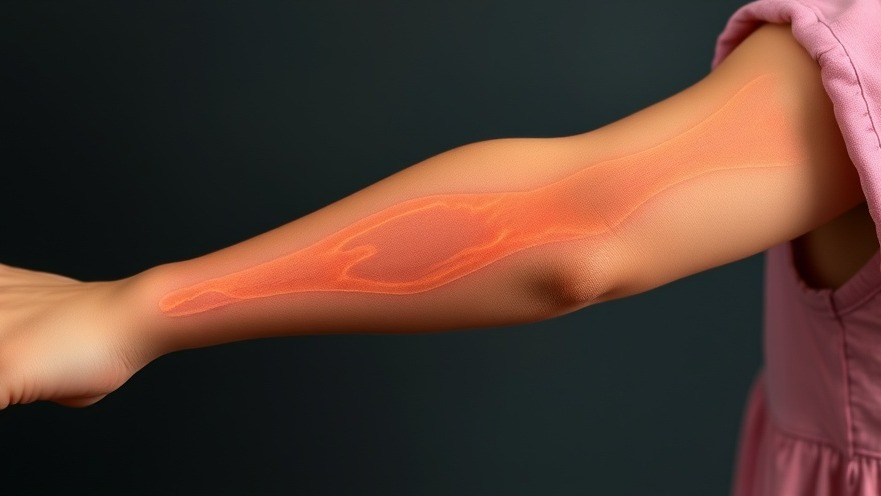
Understanding the Impact of Radial Dysplasia
Radial dysplasia, sometimes referred to as radial club hand, is a congenital condition that affects the development of the radius—the bone on the thumb side of the forearm. Children born with this condition may present with a short or missing radial bone, leading to a hand and wrist that curve inward. The severity of the condition varies across different types: from a mild reduction in length (Type I) to the complete absence of the radius (Type IV).
The Importance of Early Diagnosis and Intervention
Early identification of radial dysplasia is crucial. Prenatal ultrasounds can sometimes detect the condition, but it is most often diagnosed immediately after birth. X-rays play an essential role in assessing the specific type and determining the most effective treatment approach. Immediate access to healthcare providers equipped with knowledge about radial dysplasia can ensure that families receive accurate information and support from the get-go.
Steps to Foster Patient Relationships in Concierge Care
For concierge medical practices, understanding and addressing conditions like radial dysplasia can enhance patient relationships. Educating staff on the complexities surrounding this condition cultivates empathy, allowing for tailored communication strategies that resonate with affected families. By ensuring that families feel understood and supported, practices can establish themselves as empathetic leaders in pediatric care.
Integrative Treatment Options and Support Systems
Treatment for radial dysplasia varies greatly and can include a wide range of interventions, from physical therapy and splinting to surgical options aimed at restoring function and improving aesthetics. Encouraging practices to adopt a holistic approach—integrating occupational therapy and adaptive techniques—can significantly improve outcomes for children. For instance, using velcro shoes instead of laces allows children to engage in daily activities independently, fostering a sense of achievement and normalcy.
Community Engagement and Awareness Initiatives
Engaging with the community through awareness programs about conditions like radial dysplasia not only serves to educate the public but can position concierge practices as leaders in advocacy and support. By organizing workshops or webinars, practices can share insights on managing developmental challenges in children, further cementing their role as trusted sources of health information and support within the community.
Creating an Empathetic Care Environment
Practices that prioritize empathetic communication and understanding can significantly impact patient care regarding conditions like radial dysplasia. Investing in staff training focused on the emotional aspects of patient interactions can enhance the overall patient experience. The goal is always to ensure families feel heard, respected, and supported throughout their healthcare journey.
In conclusion, as a concierge medical practice committed to wellness, it’s essential to embrace a comprehensive understanding of conditions such as radial dysplasia. By prioritizing early intervention, community engagement, and empathetic care, practices can not only strengthen their patient relationships but also enhance their reputation in local healthcare.
 Add Row
Add Row  Add
Add 




Write A Comment